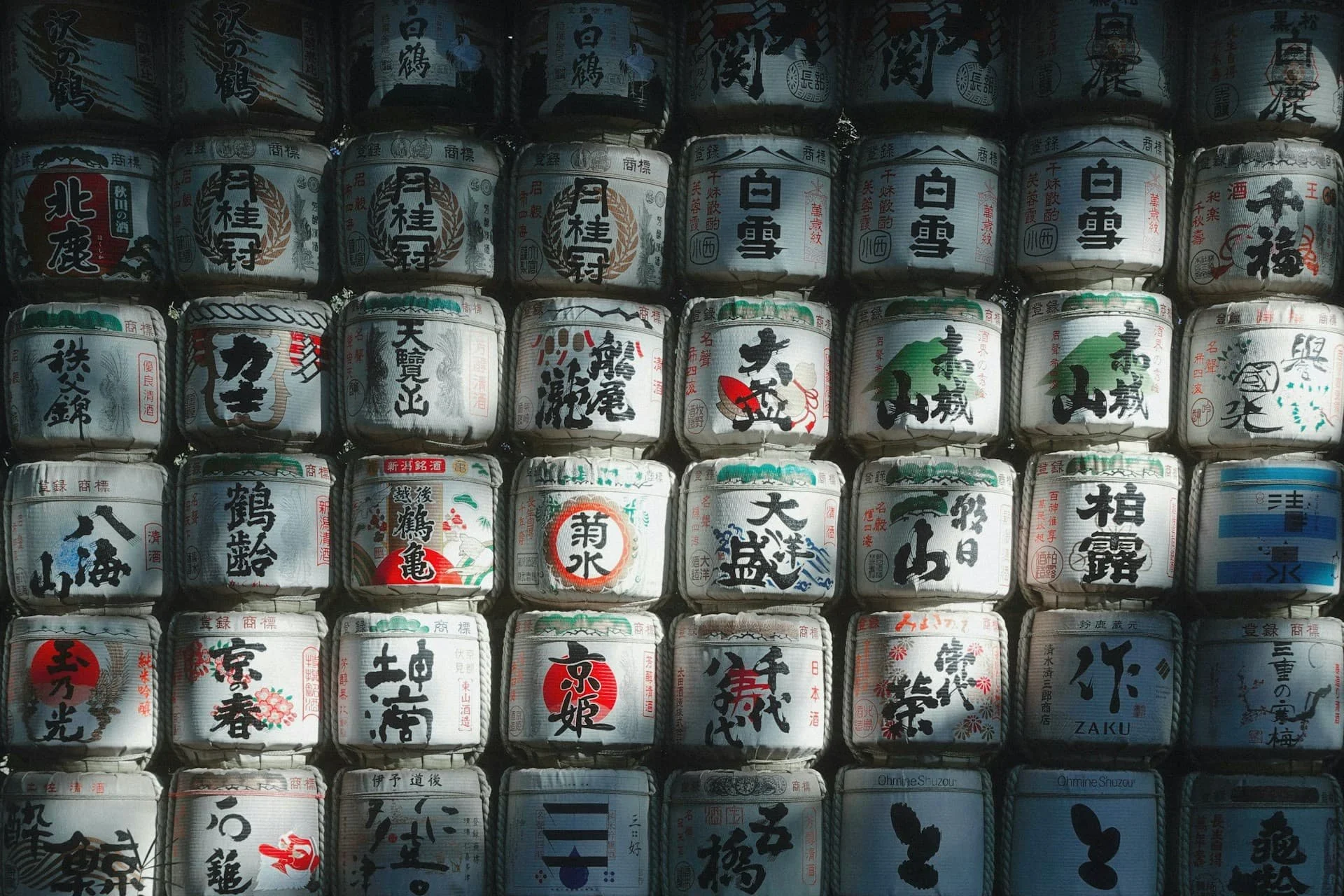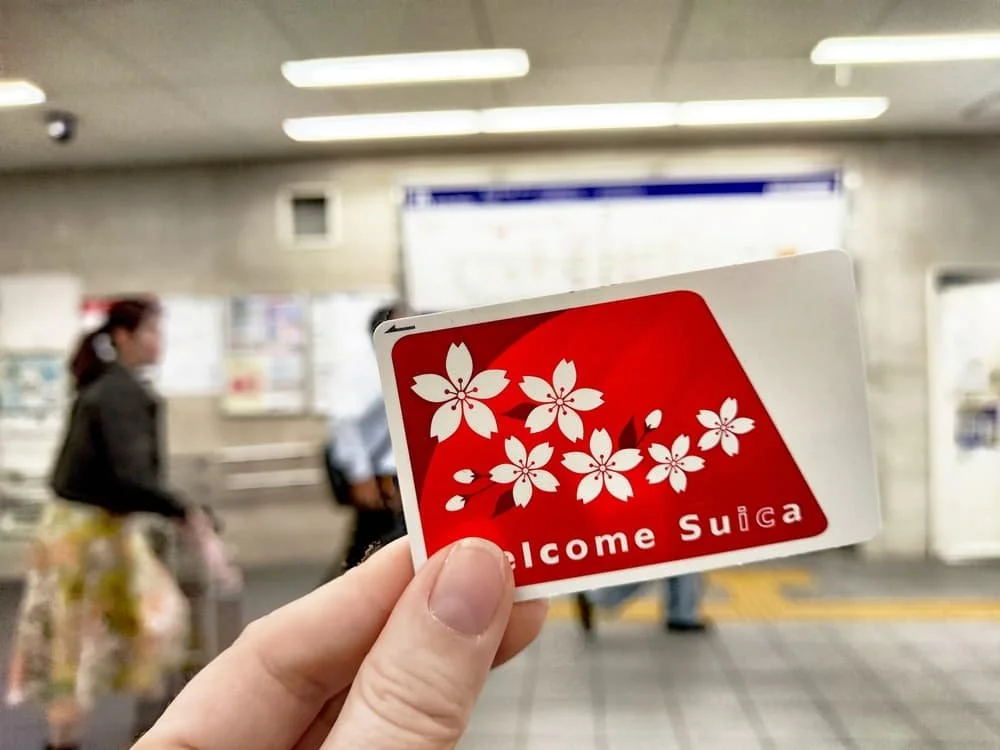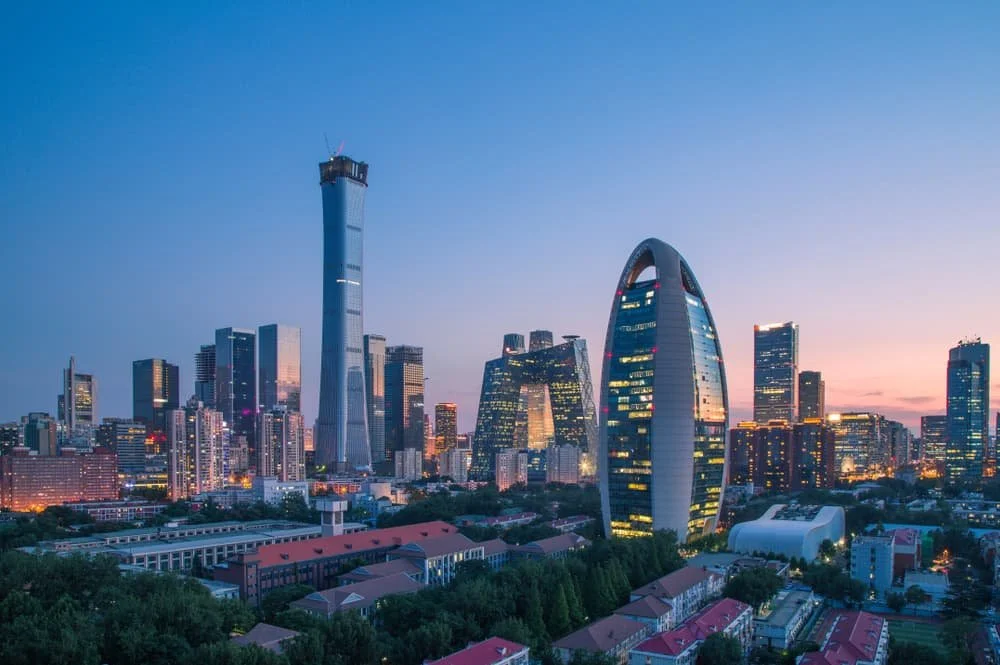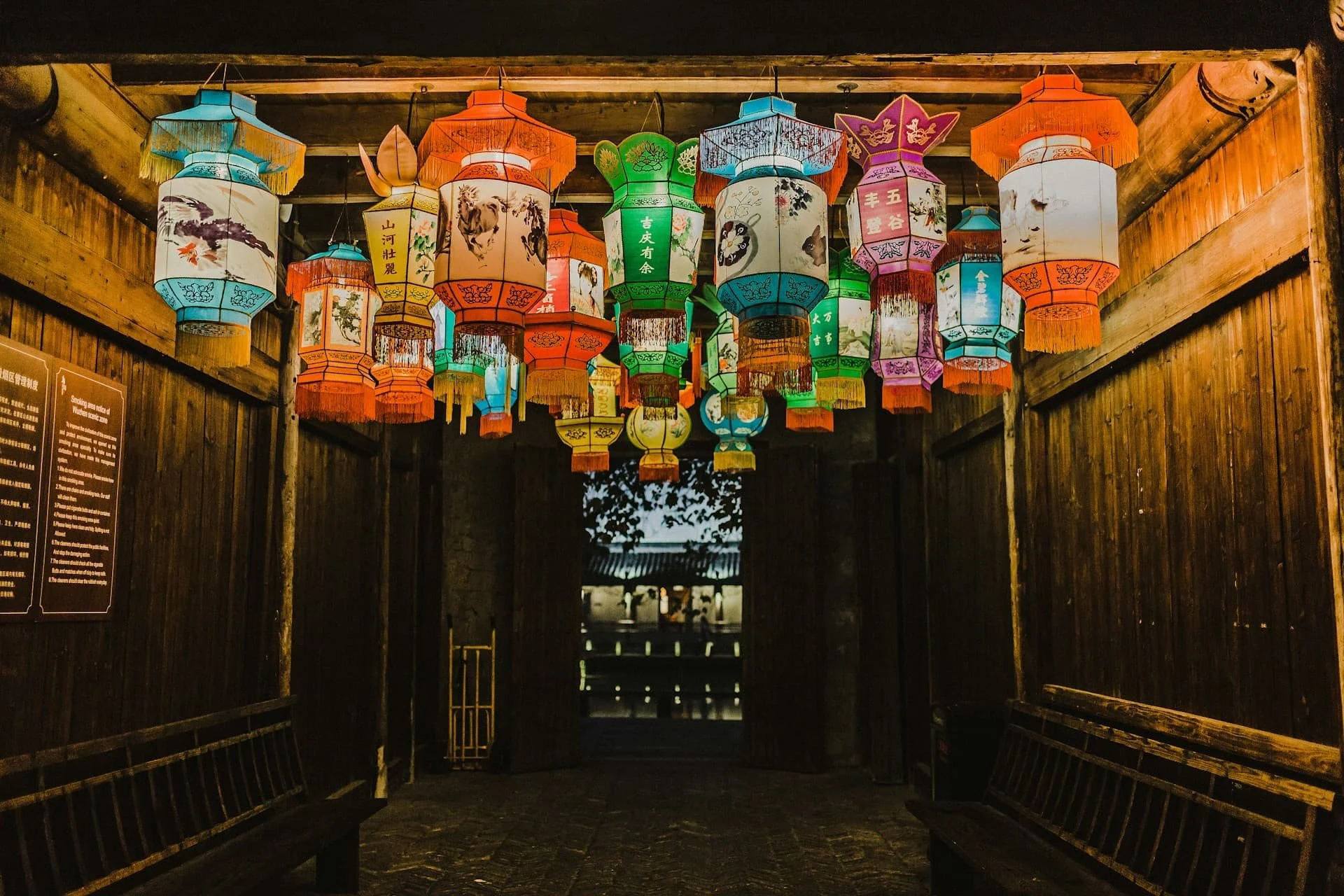A Seven Day Tokyo Travel Itinerary Designed for First-Timers
Eat wildly well, skip the queues, and see Tokyo like you mean it.
ESB Professional / Shutterstock
Tokyo rewards strategy. This seven-day plan front-loads icons, places the crush at smarter hours, and leaves room for long, lovely detours. It also tells you when to book, when to wait, what to skip, and how to time trains so you spend your energy on temples and tempura rather than ticket machines.
Day 1 — Asakusa, Sumida River and the Big View
Start where Edo still peeks through. Walk under the thunder gate into the temple precincts at Sensō-ji, then take your time through Nakamise’s snack stalls and incense haze to the main hall. Go early and you’ll share the place with locals paying their respects rather than a thousand selfie sticks.
From Asakusa, glide along the water instead of wrestling with trains. The boats run down to Hamarikyu and Odaiba; the prettiest segment is Asakusa to Hamarikyu. Book a seat on TOKYO CRUISE and watch the skyline unfold like a timelapse.
After the garden stop or a loop back upriver, swing over to Tokyo Skytree for the 450-meter view you came for. Sunset slots vanish first, so if you want golden hour, reserve ahead. If you prefer your vertigo with cocktails later in the week, hold off and do Shibuya Sky at dusk instead.
Dinner can be wildly casual and perfect. If you want a no-drama win, join the late-night chorus at ICHIRAN Shinjuku Central East where the broth is the show and those solo booths rescue the jet-lagged.
Day 2 — Meiji Jingu, Harajuku to Aoyama, and a Calm-Luxury Nightcap
Alicja Podstolska / Unsplash
Ease into the morning through the cypress-scented paths of Meiji Jingu, one of the few places in central Tokyo where you can hear your own thoughts. Time your visit to avoid weekend wedding processions if crowds give you hives.
Harajuku bridges into Omotesandō and Aoyama, which is where you go when you want Tokyo design with space to breathe. Trade neon for a museum garden at Nezu Museum. Book a timed entry, tour the tea ware and screens, then decompress under the bamboo along the path to the café.
If you want your Lost in Translation moment, end your day with a sky-high nightcap at Park Hyatt Tokyo. You’re here for the mood and the vista; you stay because the service lands softly.
Day 3 — Tsukiji Outer Market, Toyosu’s Tuna and Ginza for Grown-Up Wandering
Skip breakfast and arrive hungry at Tsukiji Outer Market. It’s a maze of knife shops, seaweed merchants, tamagoyaki stands and steaming bowls of clams. It’s also not the wholesale market anymore, which moved to Toyosu in 2018, but it remains a deeply satisfying food town. Browse the how-to guide and note that many shops close Sundays and some Wednesdays.
If you want the theater of the tuna auction, apply for a spot on the observation deck at Toyosu Market. Failing that, the public gallery along the glass gives you a clear view before breakfast. When you’re done, circle back to Ginza where sidewalks gleam and department store food halls could make a Parisian blush.
If you’re set on a refined splurge, book the counter at Tempura Kondo. It is obsessive frying as high art, and the sweet potato will haunt you in a good way.
Day 4 — Shinjuku Gardens by Day, Golden Gai by Night
irisphoto1 / Shutterstock
Shinjuku is a knot of rail lines and neon, but its heart is green. The city’s most lovable park is Shinjuku Gyoen National Garden, where formal French rows fade into wide lawns and a glasshouse hums with tropical life. It’s a reset button in the middle of the city and a gorgeous place to picnic when the weather behaves.
For a free panorama, ride the elevator to the observatories at the Tokyo Metropolitan Government Building. Clear winter mornings can deliver Mount Fuji on the horizon without a ticket fee.
After dark, step through the alleys of Shinjuku Golden Gai where hand-lettered signs, five-seat bars and playlist-specific doorways create a little ecosystem of conversation. Respect the house rules, expect a cover in some bars, and treat it like a neighborhood rather than a theme park.
Day 5 — Asakusa to Akihabara, Then a Night at teamLab
If classic Tokyo is shrine bells and shopfront lanterns, modern Tokyo is LEDs you can walk through. Spend the afternoon in Akihabara if you’re hunting retro game cartridges and camera bargains, then head for the immersive show that actually earns the word immersive. teamLab Planets TOKYO asks you to roll up your trousers and wade through digital water. It’s wildly photogenic and sincerely moving, which explains the ticket sellouts. If you prefer rooms that morph into each other like a dream, the sister museum teamLab Borderless in Azabudai Hills is a different flavor of wonder.
Dinner near Roppongi can be inventive or nostalgic. If you want the latter, Gonpachi Nishi-Azabu is a riot of beams and lanterns that leans into its movie mythology while still serving crowd-pleasing yakitori and soba. If you want ramen so clean it shines, detour earlier in the day for a yuzu-kissed bowl at AFURI.
Day 6 — Ueno, Yanaka and an Old-Tokyo Afternoon
kuremo / Shutterstock
Ueno Park’s museums could swallow a full day, so pace yourself. If you only pick one, make it the Tokyo National Museum or the natural history giant next door, but the real magic might be just north in Yanaka. Wander Yanaka Ginza where mom-and-pop shops sling croquettes and cat motifs. The neighborhood dodged the worst of the twentieth century and still feels like human scale Tokyo. If you want a guided way in, the local information hub runs small cultural experiences and walks through the backstreets at the YANESEN Tourist Information & Culture Center.
Evening back in the city can swing grown-up glam. Drop your bags and watch the skyline from a bath-like tub at Mitsui Garden Hotel Ginza Premier, an excellent mid-range base with views that belong in a higher bracket.
Day 7 — Shibuya, Shibuya and More Shibuya
Yes, cross with the crowd once. Then get above it. Book the rooftop slot at Shibuya Sky to watch the big cross stitch of people from 229 meters up. The helipad-style deck is pure drama at sunset and the night breeze hits just right.
Shibuya is also a great last-night base because you can still be at the airport quickly tomorrow. If you want to wake up literally on the crossing, stay at Shibuya Excel Hotel Tokyu inside Mark City. You’ll get the world’s best people-watching with your coffee and the Yamanote Line at your feet.
For a celebratory meal that doesn’t require unlocking a secret booking portal, book a late table in Roppongi or slip back to your favorite bowl of noodles. You earned it.
Smart Logistics That Can Save Hours
KELENY / Shutterstock
Tokyo rewards a little ticket literacy. If you’re mostly on the subway, grab a Tokyo Subway Ticket for 24, 48 or 72 hours. It covers all Tokyo Metro and Toei Subway lines and pays for itself fast if you’re popping up in multiple neighborhoods. Pair it with a rechargeable transit card for everything else.
Short-term visitors can buy Welcome Suica at airports and major stations and use it on JR trains, private rail, most buses and in convenience stores. If you’re landing at Haneda, the Tokyo Monorail to Hamamatsuchō is the cleanest hop into the city. From Narita, the limited-express Narita Express drops you at Tokyo, Shibuya and Shinjuku without transfers.
Time your big views. Skytree and Shibuya Sky both shine at dusk, but you only need one premium sunset in a week unless you collect horizons. Likewise, pick a single serious splurge meal and anchor the other evenings with ramen, tempura counters and standing bars. You’ll see more and stress less.
Optional Day Trips If You Want To Swap A Day
If you like your temples wrapped in cedar and mist, Nikko is a straight shot from Asakusa or Ueno. The official Nikko guide lays out the routes and seasonal closures, and the national park website underlines how walkable the lakes and falls can be in mild weather.
If you prefer coastal air and history, Kamakura’s official site maps gentle hikes between zen temples and the big bronze Buddha at Kōtoku-in, and Odakyu’s passes make the seaside hop very cheap.
If it’s hot springs and mountain views you want, Hakone Freepass bundles trains, buses, ropeways and the Lake Ashi cruise into one tidy ticket out of Shinjuku. It’s almost comically efficient and designed for people who like to keep moving.
Where To Sleep, Strategically
If you crave old-school calm with floor-to-ceiling drama, the rooms and library bar at Park Hyatt Tokyo still deliver. If you want to live on the crossing and roll your bag straight to the platform, Shibuya Excel Hotel Tokyu is unbeatable. If you’d rather keep costs tidy without giving up design, OMO5 Tokyo Otsuka by Hoshino Resorts sits one minute from the Yamanote Line with cheerful rooms and a neighborhood that still feels local. If a clean, high-floor view is your love language, Mitsui Garden Hotel Ginza Premier does exactly that.
Eating Without The Queue Purgatory
For tempura that makes you reconsider vegetables, Tempura Kondo is the masterclass if you plan far enough ahead. For a warm, slightly theatrical izakaya night, Gonpachi Nishi-Azabu is fun with groups and first-timers. For ramen that tastes like a mountain breeze, AFURI leans citrus and clarity. For a jet-lagged bowl at irresponsible hours, the booth system and focus at ICHIRAN remain a traveler’s best friend.
Practical Moves That Make The Week Easier
Jezael Melgoza / Shutterstock
Book things that sell out and flex the rest. Reserve teamLab Planets or Borderless early. If the tuna auction is your bucket list moment, follow the Toyosu application page and note the lottery. If you want Ghibli, secure tickets weeks ahead through the official museum site and build your day around the assigned entry.
Carry both an hours-based subway pass and an IC card and you will rarely see a ticket machine. Keep small cash for shrine offerings, alley bars and street snacks. And give yourself permission to sit in a garden for an hour. Shinjuku Gyoen exists for exactly that.

















